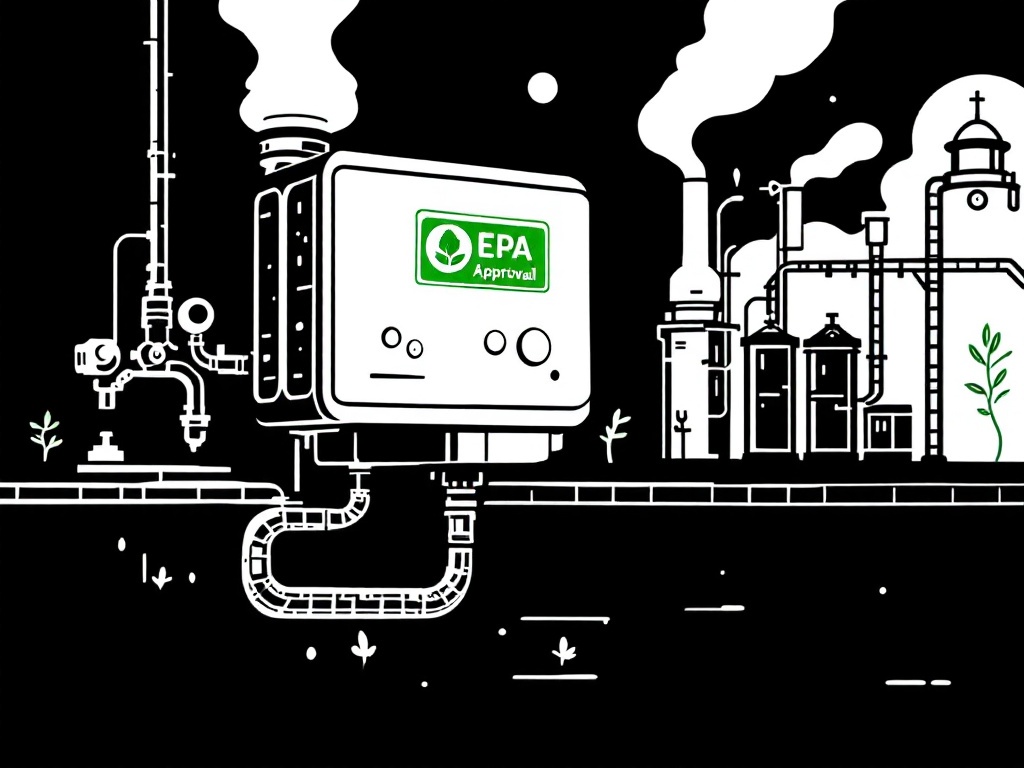Insight M's Methane Detection Technology Receives EPA Approval

Washington D.C., Wednesday, 15 January 2025.
Insight M’s LeakSurveyor technology gains EPA approval, providing the oil and gas industry a cost-effective solution for methane emission compliance and enhancing operational efficiency.
Regulatory Compliance Breakthrough
On January 14, 2025, the Environmental Protection Agency (EPA) granted approval for Insight M’s LeakSurveyor technology, marking a significant advancement in methane emissions monitoring [1]. The technology has been specifically approved for detecting methane emissions at thresholds of 10 kg/hr and 15 kg/hr, providing a compliant solution for facilities under both OOOOb and OOOOa regulations [1]. These regulations affect facilities constructed or modified after December 6, 2022, and those modified between September 18, 2015, and December 6, 2022, respectively [1].
Economic and Environmental Impact
The approval of LeakSurveyor represents a significant economic benefit for the oil and gas industry. The technology has already demonstrated impressive results, with Insight M reporting savings of over $500 million in gas value for their customers while preventing 140 billion cubic feet of methane emissions [1]. This scalable solution offers an alternative to traditional ground inspections [1], potentially reducing operational costs while maintaining regulatory compliance. The EPA’s endorsement comes as part of broader initiatives to combat climate change and improve air quality [2].
Industry Leadership and Future Implications
Founded in 2014, Insight M has established itself as a leader in pragmatic methane management solutions [1]. CEO David Bercovich emphasized the company’s commitment to customer success, stating that this approval reinforces their dedication to providing practical methane management solutions [1]. The timing of this approval is particularly significant as it aligns with increased focus on environmental compliance and emissions reduction across the industry [2]. The technology’s implementation is expected to enhance operational efficiency and optimize resource allocation for oil and gas operators [1].